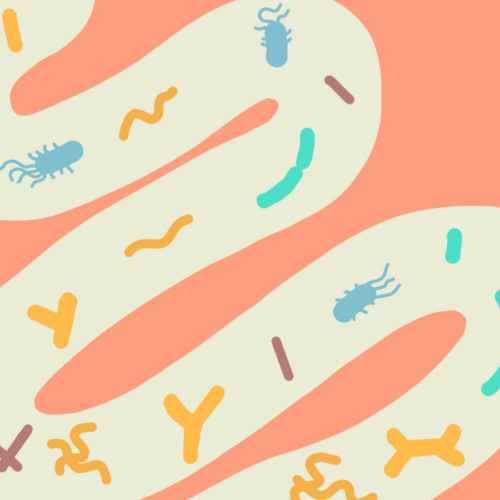
Nothing beats a fry-up for breakfast and bacon is often the star performer. But is bacon – and other processed meats – a healthy option?
Q: “I’ve heard that bacon is really bad for me and will give me cancer. I love bacon! Is there a safe amount or type I can eat?”
Unfortunately it’s bad news for bacon lovers. The World Cancer Research Fund (WCRF) published a report in November 2007 called Food, nutrition, physical activity and the prevention of cancer: a global perspective. They were firm in their recommendation about processed meats, advising us to consume ‘very little, if any’. Processed meats are preserved by smoking, curing or salting, or the meats are preserved with chemical preservatives. Bacon, ham, salami, corned beef, smoked beef and chicken, frankfurters, and sausages containing preservatives are all processed meats.
The WCRF recommendation is based on a substantial body of research supporting the link between eating processed meats and the higher risk of developing colorectal cancer. There is also less conclusive evidence processed meats are linked to increased risk for a number of other cancers. Processed meats can also contain high levels of saturated fat, salt and nitrates.
The WCRF recognises some of their recommendations are ‘challenging’. We suggest if you can’t turn your back on processed meats, aim to cut your consumption in half. The risks are related to the amount consumed, so cutting back would be a good starting point. (And next year, cut your consumption in half again.)
Q: “I know sausages are high in fat. I prick and pre-cook them, but hardly any fat comes out of the sausages I buy. Does this mean they’re lower in fat?”
With very low-fat sausages, you may not see fat coming out when you pre-cook them. Or the sausages may contain an ingredient which emulsifies (binds) the fat to the other ingredients. Some sausages may be mechanically emulsified, which means the ingredients have been blended into small particles in a way which binds the mixture together.
Pre-cooking sausages is always a good idea to help ensure sausages are cooked through without being charred. Sausages were, traditionally, high in fat, but these days, some can have as little as 3g fat per 100 grams (or 3% fat). Others are over 20% fat, and as a rule of thumb, about half of that is saturated fat. The easiest way to find out the fat content of your sausages is to read the label, or failing that, ask the producer what’s in the sausages.
For sausages which contain preservatives, the recommendation for how much to consume from the WCRF is the same as the recommendation for processed meats, which is to eat ‘very little, if any’.
www.healthyfood.com










